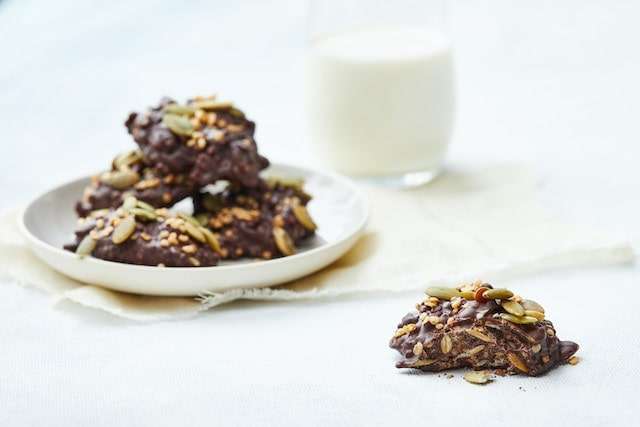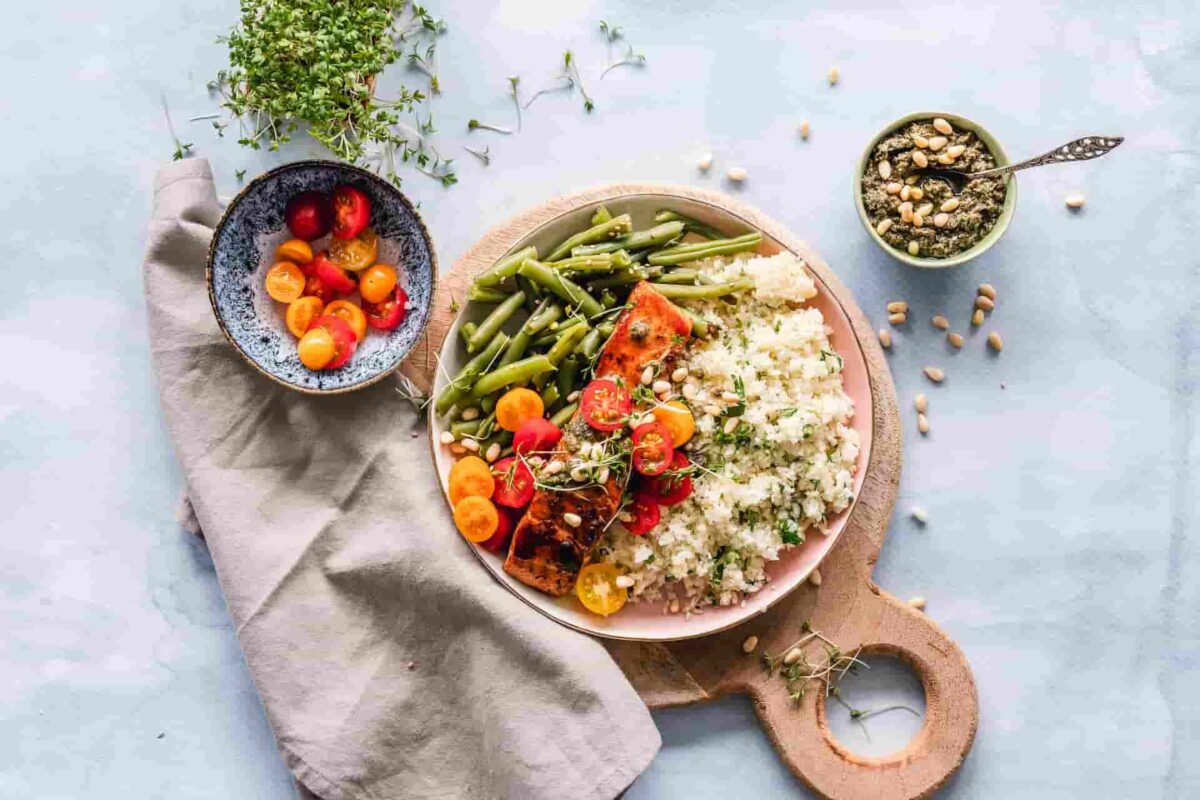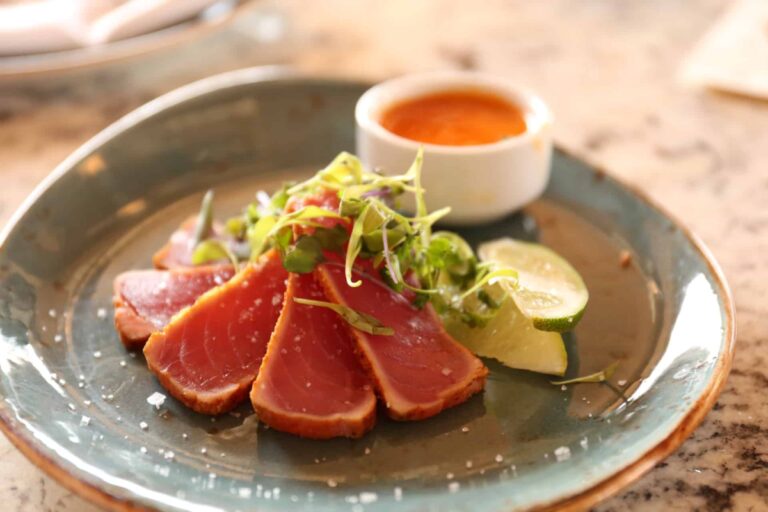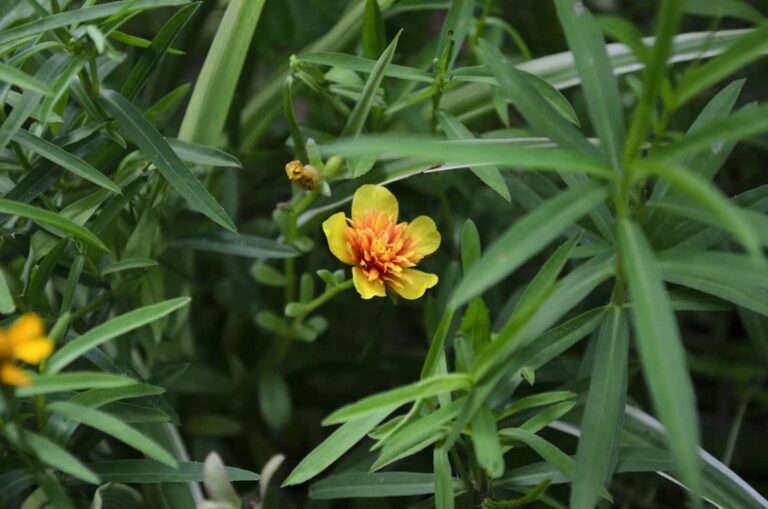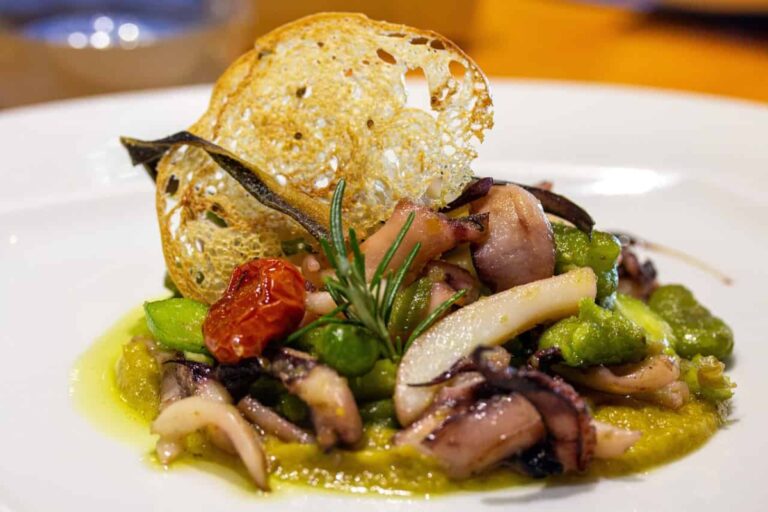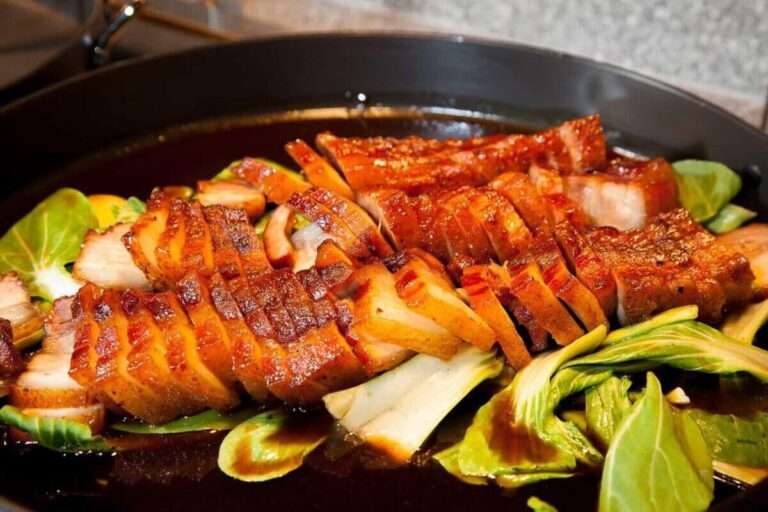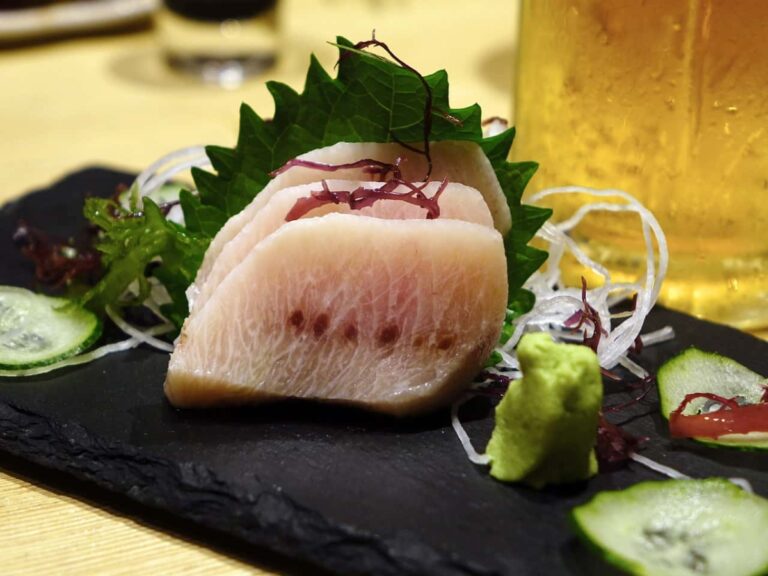33 top quinoa kitchen insights and benefits
Did you know that there are over 120 different varieties of quinoa, some of which are even coloured pink, orange, and purple?
- White, red, and black are the three types that are made and sold in the largest quantities. Quinoa comes in a variety of colours: red, black, and white. These three varieties may be used equally in cooking, with the exception of colour. Nutritional changes are minor. In comparison to white quinoa, red and black quinoa have a more robust flavour, need a slightly longer cooking time, and retain more of their crunch after cooking.
- Quinoa is able to flourish in a variety of environments that would be detrimental to the growth of other crops, such as limited rainfall, high elevations, intense sun, cold temperatures, and poor soil conditions. Quinoa is able to flourish with as little as three to four inches of rainfall each year and has the ability to enhance its output during times of drought.
- The common misconception is that quinoa is a kind of grain. Quinoa is formally classified as a seed, despite the fact that it is classified as a grain and is included in that category. Because of the similarities between this seed and entire grains, it is categorised as a grain rather than a seed. Nevertheless, contrary to popular belief, this superfood is really a seed that may be consumed.
- There are a few urban legends that suggest washing processed and packed quinoa may often impair both the flavour and the texture of this grain. Nevertheless, the truth is quite the contrary of these urban legends. In the processing of quinoa, numerous components are employed to enhance the flavour. Because of this, the taste of quinoa may become somewhat bitter; thus, washing it with water before eating it is required in order to fully appreciate its earthy flavours.
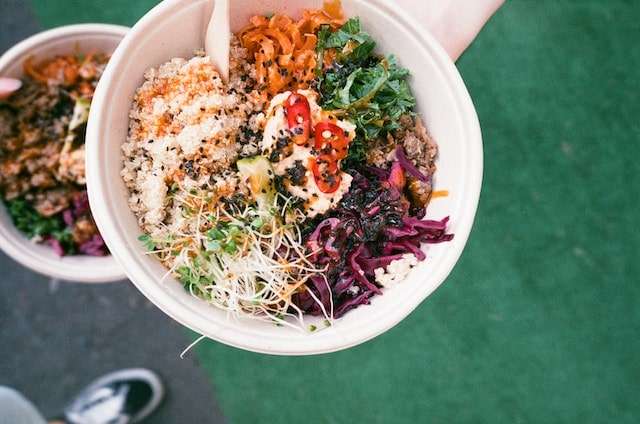
Quinoa nutrition values and health benefits
- Quinoa is recognised as a source of complete protein, which indicates that it has adequate amounts of all nine essential amino acids. This makes it eligible for this designation. It has a relatively high concentration of the amino acid lysine, which is often lacking in plant-based foods. In addition, it has a high concentration of the amino acids methionine and histidine, making it an excellent source of protein derived from plants.
- Casein is an example of a high-quality protein that can be found in dairy products. Quinoa has a protein quality that is comparable to casein. As quinoa does not contain gluten, it is an excellent alternative for those who have sensitivities or allergies to other grains, such as wheat.
- Quinoa, in comparison to many other popular grains, has much greater quantities of magnesium, iron, fibre, and zinc than do most of the other grains. Quinoa is a good source of antioxidants.
- Quinoa has a wide array of plant compounds, which contribute not only to its flavour but also to its high nutritional worth. Quinoa cultivars that have a bitter taste are richer in antioxidants than those that have a sweet taste, despite the fact that both types of quinoa are good sources of antioxidants and minerals.
- Quinoa is a healthy grain that is packed with a variety of plant-based nutrients and components. It is possible that include it in your diet would be advantageous. Quinoa consumption has been associated with a variety of health benefits, including reduced levels of blood sugar and lipids, as well as increased total nutritional intake.
- Quinoa is a wonderful choice for a meal to eat while trying to lose weight because of its many beneficial properties. This cuisine has a higher protein level than other meals in the same category, such as rice, cornmeal, and bread made from whole wheat.
- Fibers are also useful for weight loss because they assist to lower calorie intake. They do this in a number of different ways, including by promoting sensations of fullness and by improving the health of the stomach. Quinoa has a higher concentration of dietary fibre per serving than many other whole-grain foods. Studies have indicated that eating meals with a low glycaemic index (GI), like quinoa, may help decrease overeating and diminish appetite. The GI measures how quickly carbohydrates in food are broken down into glucose by the body.
- Quinoa is typically well tolerated, and there are no documented adverse responses associated with the consumption of quinoa.
- Quinoa contains phytates, which are chemical compounds that are also present in the vast majority of other cereals and grains. If you ingest certain minerals, such as iron and zinc, your body may have a more difficult time absorbing them.
- Quinoa belongs to the Chenopodiaceous plant family, and as a consequence, quinoa has a significant amount of oxalates in its kernels. Two other plant species that are classified within the same family are known as spinach and beetroot. In those who are hypersensitive to certain foods, there is a potential for an increased risk of developing kidney stones. It is possible to lessen the severity of these negative effects by thoroughly cleaning and soaking the quinoa prior to cooking it.
100g of quinoa has 374 calories (1564kj), 13g protein, 5.8g fat, and 69g carbs, including 6g fibre.
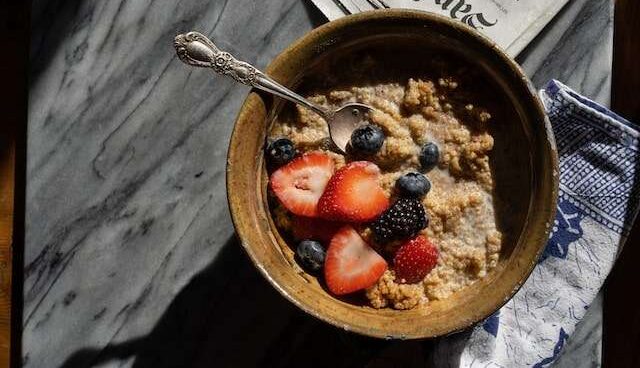
How to store quinoa and how to buy them
- When it comes to raw quinoa, each kind (red, white, and black) has a shelf life of at least two to three years from the day it was produced. It is common practise to include a “best by” date on the label of a quinoa box. This date refers to the quality of the food, not its safety. If the date on the package has expired and you see that the quinoa has gone beyond that date, you should not automatically assume that you need to throw it out.
- After it has been cooked, quinoa may be stored in the refrigerator for up to 5 days in an airtight container provided it is kept cold. If you prepare some quinoa and store it in the freezer, you can take it out and consume it anywhere from eight to twelve months later. Although while it will not spoil if you store it in the freezer, the quality will deteriorate with time. Because of this, it is suggested that it be used within a year after being frozen at the very most.
- When it comes to quinoa that has not been cooked, the most essential thing is to ensure that it is entirely dry. You may either keep it in the original packaging or move it to a container that will keep air out once it has been opened. You do not need to do anything more than put it in your pantry or another location that is always the same temperature and is dark and cold.
- Freezing quinoa is the best option to take if you want to keep it for a significant amount of time (we are talking about weeks or even months here). The method is pretty easy to understand and looks like this:
- Prepare quinoa in whatever manner you choose.
- When you have portioned it out into appropriate amounts for a meal, let it to come to room temperature.
- Place the quinoa in appropriate containers or bags for the freezer. Add labels as required.
- Place the containers or bags in the cold storage compartment of the freezer.
- It is advised that you leave the quinoa in the refrigerator overnight in order to thaw it, since this is the most effective method. If you are pressed for time but still want to utilise everything in the bag, you may reheat frozen quinoa in the microwave. You will discover that the thawed quinoa retains its delicious flavour, superb texture, and high amounts of fibre, protein, and vitamins just as it did before.
- If you have ever wondered how to tell if quinoa that has not been cooked is bad, you should know that it is not always that easy. Quinoa has a very long shelf life provided that it is stored in a dry environment.
- There are some apparent symptoms of spoiling, such as an odd (or strange) odour, traces of mould, or any insects or bugs that have made their way inside the package. These are all indicators that the food has been spoiled.
- Nonetheless, there are instances in which quinoa will not exhibit any indications of spoiling despite the fact that it is no longer fit for human consumption. When you cook quinoa that has gone bad, you should notice a change in both its texture and flavour. This is a fortunate side effect. If that turns out to be the case, the quinoa will be tough and will have a different flavour.
- When it comes to quinoa that has been cooked, the symptoms that it has gone bad are often quite easy to see. These signs include an unpleasant odour, evidence of mould, or any discolorations that were not there previously. If you see any of the indicators that were described, you should throw out the quinoa.
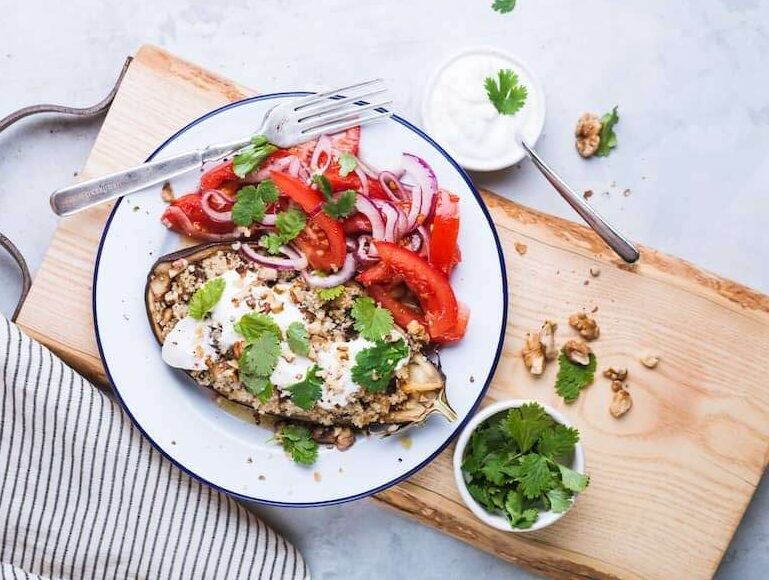
Cooking techniques, secrets, and tips from the kitchen
- The quantity of cooked quinoa that you desire should be figured out before you start the cooking process.
- As quinoa expands to three times its original size when it is cooked, you will only need one cup of dry quinoa to make three cups of cooked quinoa.
- While cooking quinoa, use a ratio of 2:1 liquid to quinoa, which is equivalent to 1 cup of dry quinoa to 2 cups of water.
- You have the option of substituting water with another liquid, such as chicken broth, vegetable broth, or mushroom broth, all of which will give the finished dish an excellent flavour.
- Over high heat, bring the liquid that contains the quinoa to a boil.
- As it reaches a full boil, immediately turn the heat down to medium-low, cover the pot, and continue cooking the quinoa for 15 minutes, or until all of the water has been absorbed and the kernels have “popped open.”
- If there is still any liquid in the bottom of the pan after everything has been cooked, remove it from the heat but keep the lid on for the next five minutes so that the remaining liquid may soak in.
- Quinoa is a grain that is free of gluten and has a mild flavour, a light texture, and a high percentage of protein. Because of these characteristics, quinoa is an ideal substitute for pasta, rice, and couscous. It is also commonly processed into gluten-free flour, which, among other uses, may be used in baking or as the base for gluten-free pasta, cereals, and other items. It is possible to give quinoa a toasted flavour and a somewhat crispy texture by sautéing it in olive oil, which transforms it into an excellent side dish.
- Although while muesli and breakfast cereal might be great options for the morning, if you eat just breakfast cereal or muesli every day for breakfast, you will probably become tired of eating the same thing and find yourself looking for other things to eat instead To solve this problem, try having some quinoa for breakfast. This extremely popular grain may be transformed from a staple of lunch and dinner into a warm and substantial breakfast that vegans will enjoy by substituting water for the liquid that it is traditionally cooked in, which is soy milk or another kind of non-dairy milk. If you want to create a flavour combination that is out of this planet, give this morning quinoa meal a try with some chocolate and peanut butter.
- You can make a salad meal that is low in fat, vegetarian, and vegan all at the same time by using whole grain quinoa as the base and seasoning it with fresh herbs such as mint, parsley, lemon juice, and green onions. Do not let the fact that it has a mouth watering flavour and is loaded to the brim with plenty of fresh taste deter you from trying it. Whole grain quinoa cooks faster than most other grains, and owing to its high protein level, it is an excellent choice for vegetarians who are looking for a solid dose of protein.
- Quinoa goes particularly well with black beans, green onions, garlic, coriander, onion, maize, and a wide range of other ingredients, including avocado, cucumber, feta, chicken, chickpeas, and spinach, to name just a few of them. Quinoa is a kind of grain that does not contain gluten and is rich in both protein and fibre content.
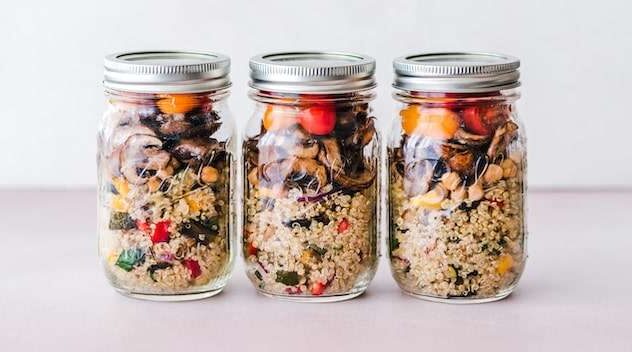
History of quinoa from the beginning until today
- There is evidence from archaeological digs that quinoa was grown as long back as 5000 years ago in Peru, Bolivia, and northern Chile. Over the course of many centuries, Andean communities in those regions, as well as those in what is now Colombia and Ecuador, considered quinoa to be a very important crop. Quinoa played a significant role in the agricultural productivity of the legendary Inca Empire, and this contribution is widely documented.
- When Spanish explorers first arrived in the area in the 1500s, they found that quinoa was abundantly farmed in the Andes region. Quinoa was a staple food in the Andean region. There was an attempt made by Europeans to transport quinoa seeds to Europe; however, the seeds were unable to survive the journey and did not germinate once they reached their destination.
- Starting in the 1970s, there was an uptick in respect for the indigenous civilizations that were responsible for the production of quinoa. This led to a rise in the popularity of quinoa. In recent years, quinoa cultivation has advanced to a level of complexity that has never been seen before. Many plants are used for a number of purposes, some of which include higher yield, resilience to cold, resistance to extreme humidity, resistance to drought, and other properties that differ from plant to plant.
- Even in regions quite removed from its native South America, such as Europe and the United States, the consumption of quinoa is on the rise, and this trend is expected to continue for the foreseeable future. The urge to consume food that is better for one’s health is at an all-time high, and this will continue to push the market price of quinoa upward. In the next years, it is anticipated that the increasing demand for quinoa that is produced in an ethical and environmentally responsible manner will continue to be beneficial not just to the Andean communities who cultivate it but also to the health of individuals who consume it.
- The Incas called it chisiya, which translates to “mother grain,” and they used it in significant religious ceremonies like sacrifices. They referred to it as such. People in countries like Bolivia, Peru, and the United States are having a harder time purchasing crops that have been an important part of their society for millennia, but at the same time, there has been an increase in demand for the now-trendy staple in recent years. This is something that the opponents of the measure point out.
- The nutritional benefits of quinoa are hard to deny, despite the fact that the ethical issue surrounding the quinoa craze is governed by economic and political realities that are, at best, unclear. Quinoa’s popularity has been driven in large part by these factors. Because this is the case, maybe the most beneficial way to think about quinoa is not as a “superfood” that will transform your life every day, but rather as one of the many options that are available to provide the nutrients that you need. After all, the expression “everything in proportion” refers to everything — not only the undesirable aspects — in moderation. This includes both positive and negative aspects.
- In honour of the ancestral practises of the Andean people, who have preserved it as a food source for current and future generations through knowledge and practises of living in harmony with nature, the United Nations General Assembly proclaimed 2013 to be the “International Year of Quinoa” during its annual meeting in 2013. This was done in recognition of the fact that the Andean people have been cultivating quinoa for centuries.
